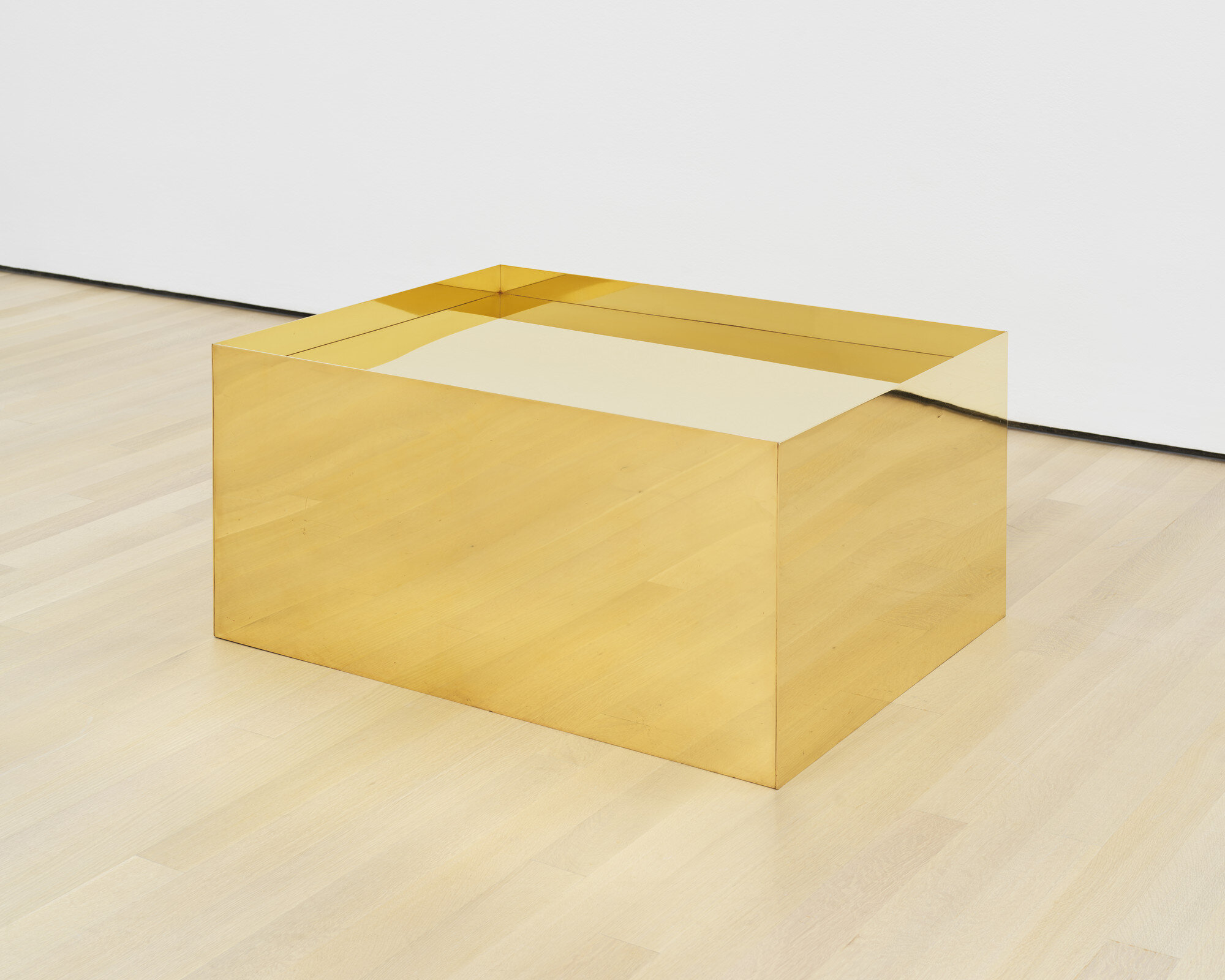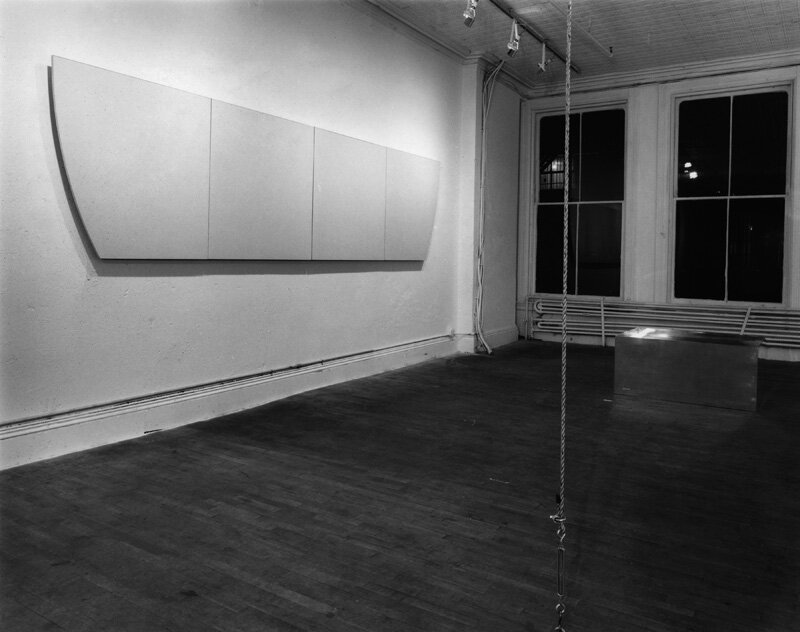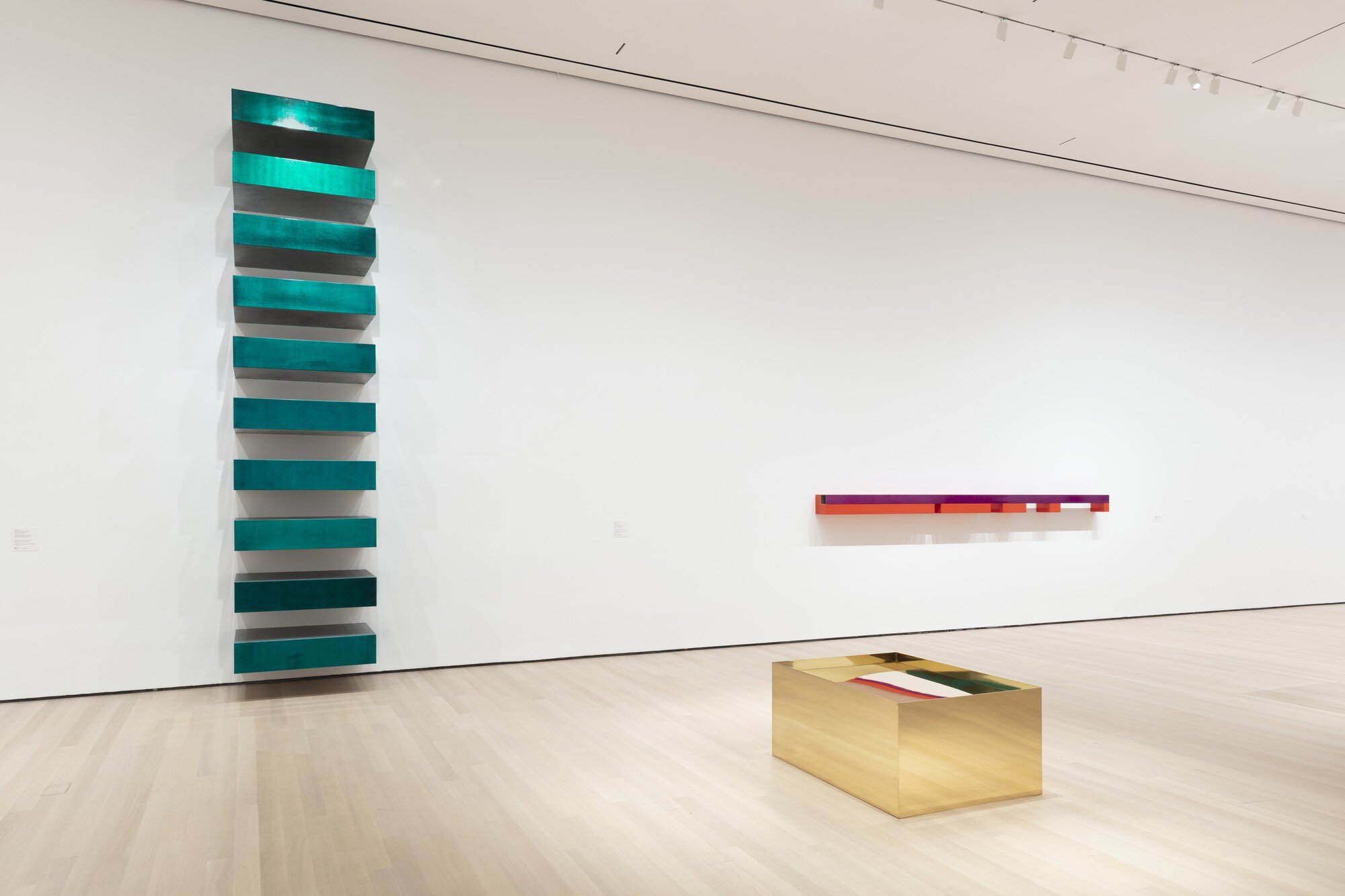Feature: Donald Judd & Paula Cooper Gallery
Donald Judd and Paula Cooper installing Donald Judd, October 1986.
The exhibition of Donald Judd’s work at the Museum of Modern Art has inspired thoughts and memories of the gallery’s long and fulfilling relationship with the artist. Since 1968, hundreds of Judd’s works have been shown at Paula Cooper Gallery in over fifty exhibitions, and the gallery formally represented Judd for six years (1985–1991). During this significant period, Judd's market was dramatically transformed and his reputation became stronger than ever.
To document this history we have selected images from the gallery’s archives to accompany Paula Cooper’s personal reflection on Judd’s work, legacy, and their friendship. We have also presented a group of works in the gallery’s first online viewing room.
The MoMA retrospective––Judd’s first in over thirty years––reveals the artist’s formal innovation, the great range of his work, and his exceptionally bold use of color in sculpture. In 1993, Judd described wanting “a multiplicity all at once that I had not known before.”[1] At MoMA, the presentation of Judd’s multiplicity is unprecedented!
The exhibition is accompanied by a richly illustrated catalogue with scholarly texts by Ann Temkin, James Meyer, Yasmil Raymond, Jeffrey Weiss, and others. Purchase the publication here.
An introduction from Paula Cooper
Donald Judd was a friend, neighbor, fellow parent, and artist with whom I worked and whom I greatly admired and respected. His work is the essence of his mind and character, but his persona was not so clearly definable: many misread his bluntness as arrogance, others believed his crystalline esthetic alone informed his every move. Not so.
Over twenty-five years of contact with Don, I saw many facets of his personality: generosity, crankiness, an old-fashioned kind of innocence, wryness, determination, and especially an energy that was vital and life-affirming. His curiosity was insatiable, whether the subject at hand was Native American history, the origins of language, or the food before us. Though we didn’t agree about everything, he offered solid thoughts about the indivisibility of life, the wholeness and oneness of the land, and the notion of stewardship—an obligation to care for what is important to us. It was that sense of responsibility that required him to help younger artists while also honoring his peers and elders. Behind his mania as a collector, his need to become a patriarch of values, was this idea of responsible stewardship.
He was also susceptible to humor. Before Don died, Peder Bonnier had an exhibition of Don’s work including sculpture and furniture. One of Don’s assistants faxed Peder to the effect, “Your exhibition of Mr. Judd’s is unauthorized. Sculpture should never be shown with furniture. This is not a request, but a demand that either the art or the furniture be removed immediately.” Peder shot back, “Dear Don, don’t worry. They’re all fake. Love, Peder.” Don faxed Peder directly, “Dear Peder, That’s good. Fake work in a fake gallery. Love, Don.” They had dinner together a couple of weeks later.
When I think of Don it is with warmth and an appreciation for many good memories.
Originally published in Artforum, Summer 1994
A brass floor piece by Donald Judd was in the first exhibition at Paula Cooper Gallery in 1968. This work was purchased by Phillip Johnson, donated to the Museum of Modern Art, and is now in the artist’s retrospective there.
Donald Judd’s first one-person exhibition with the gallery took place at 155 Wooster Street in 1986.
An exhibition of Judd’s furniture and architectural drawings complimented his retrospective at the Whitney Museum of American Art in 1989.
Three large, highly polished, open-topped aluminum boxes were installed in a one-person exhibition at 155 Wooster Street in 1990.
In 1995, the gallery organized an exhibition of major works spanning the artist’s career.
Large installations have made use of the gallery’s unique architecture, such as this piece installed at 534 W 21st Street in 2001, and now in the collection of the Dia Foundation.
In 2008 the gallery presented a selection of the artist’s woodcuts, mostly dating from the 1960s. A catalogue with essays by Jeffrey Weiss and Flavin Judd was published to accompany the exhibition.
Artworks by Judd have complemented those by represented artists in group exhibitions throughout the gallery’s history.
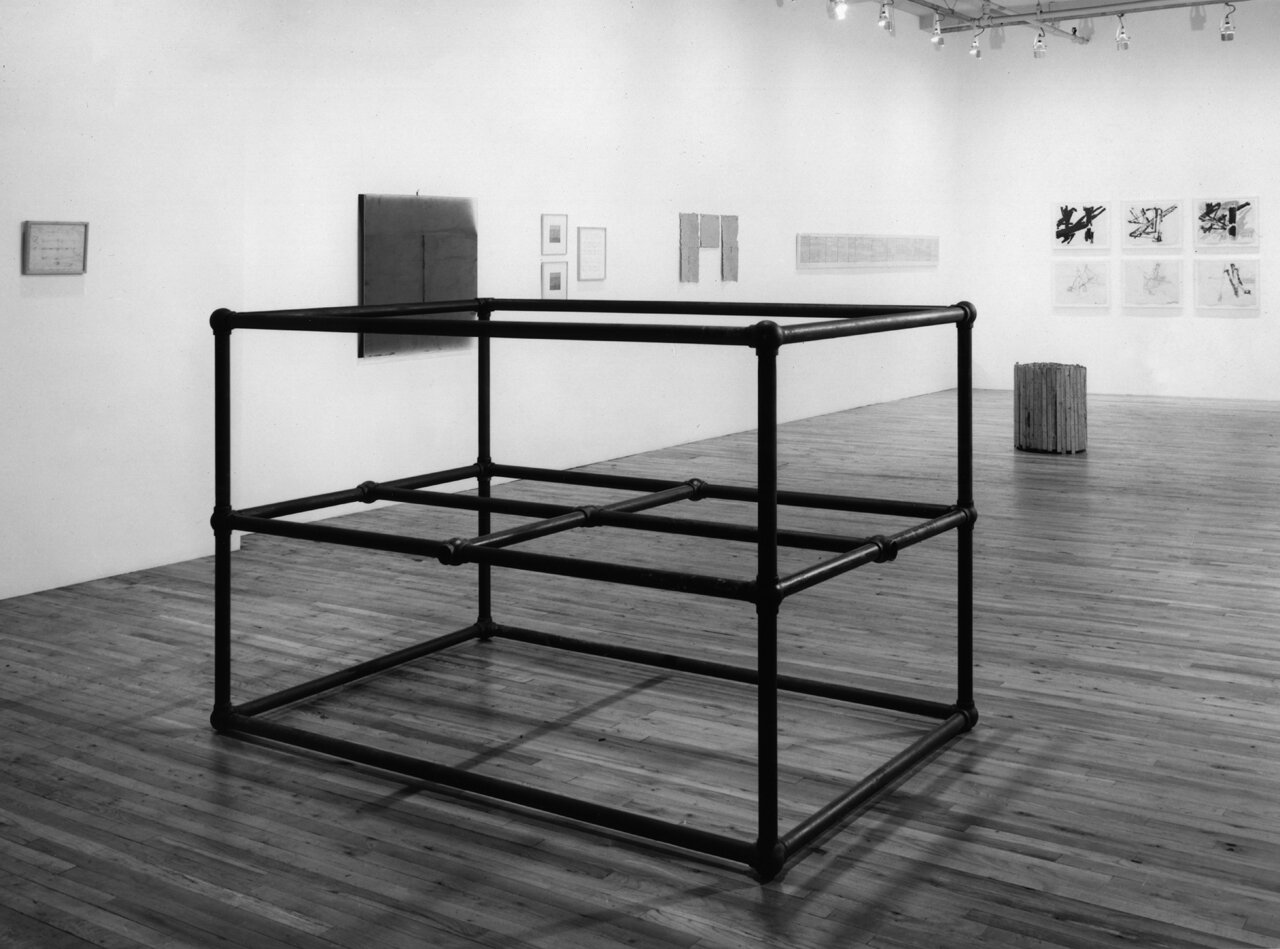

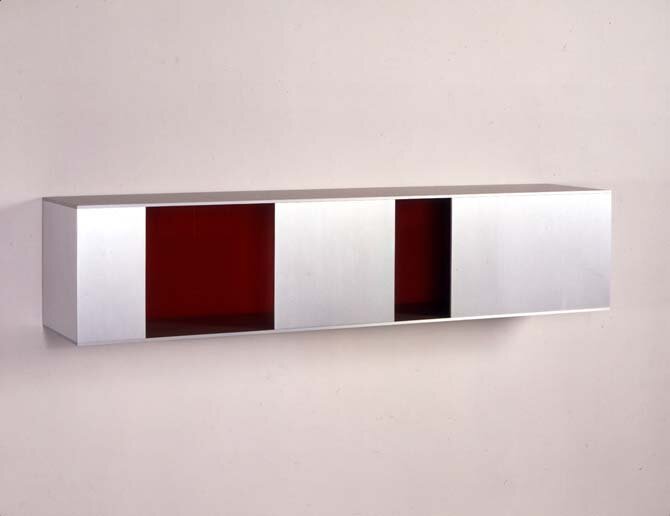

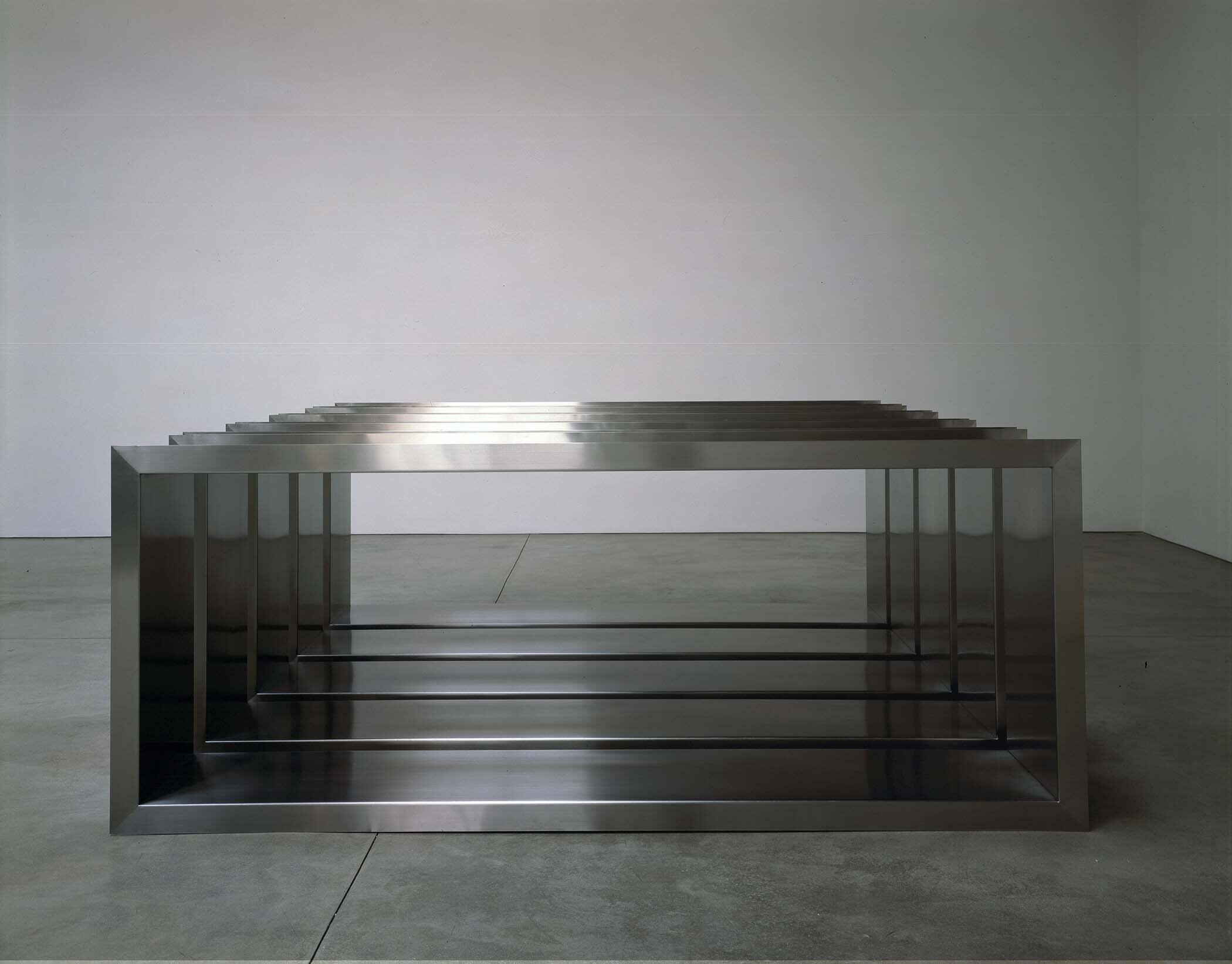
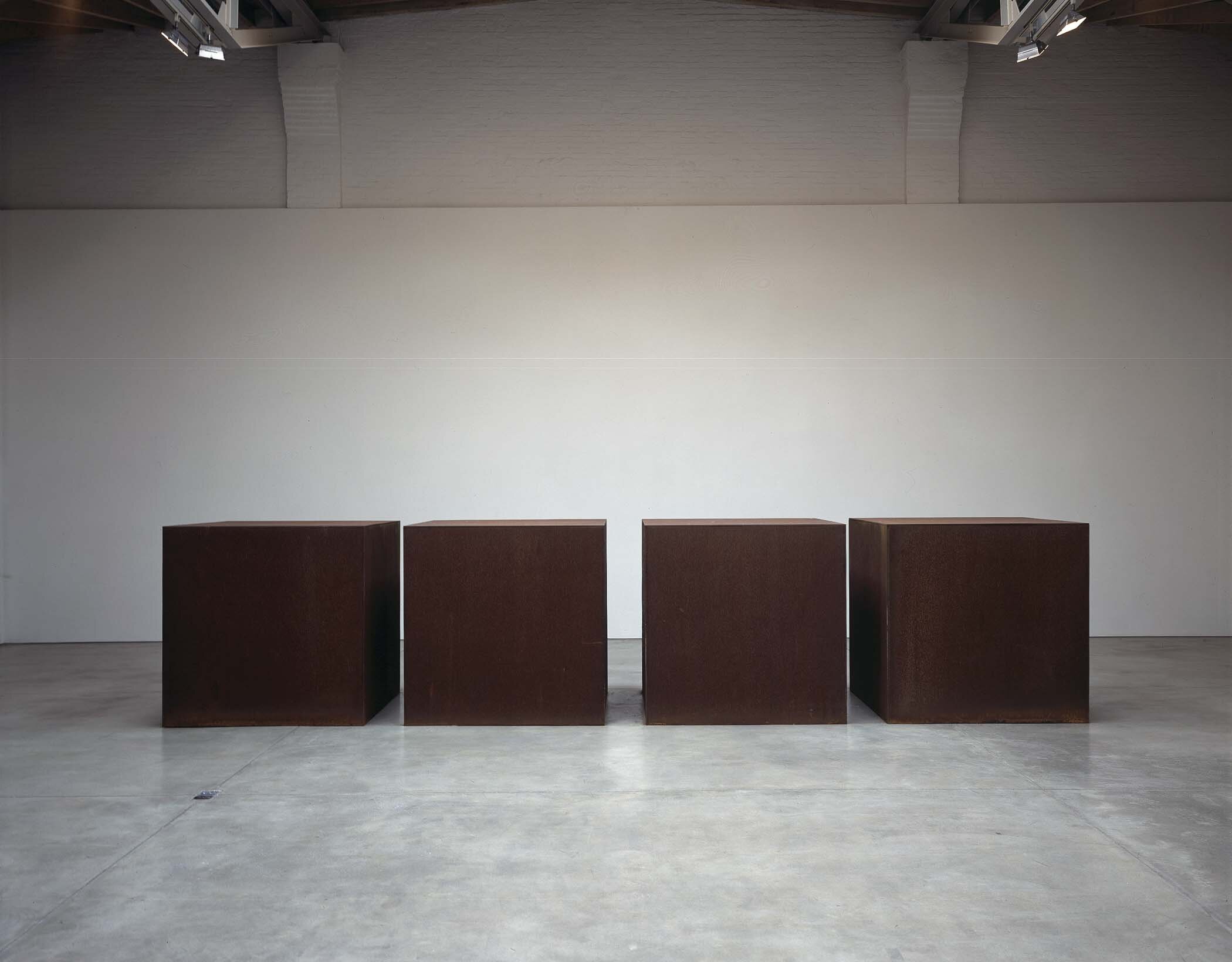
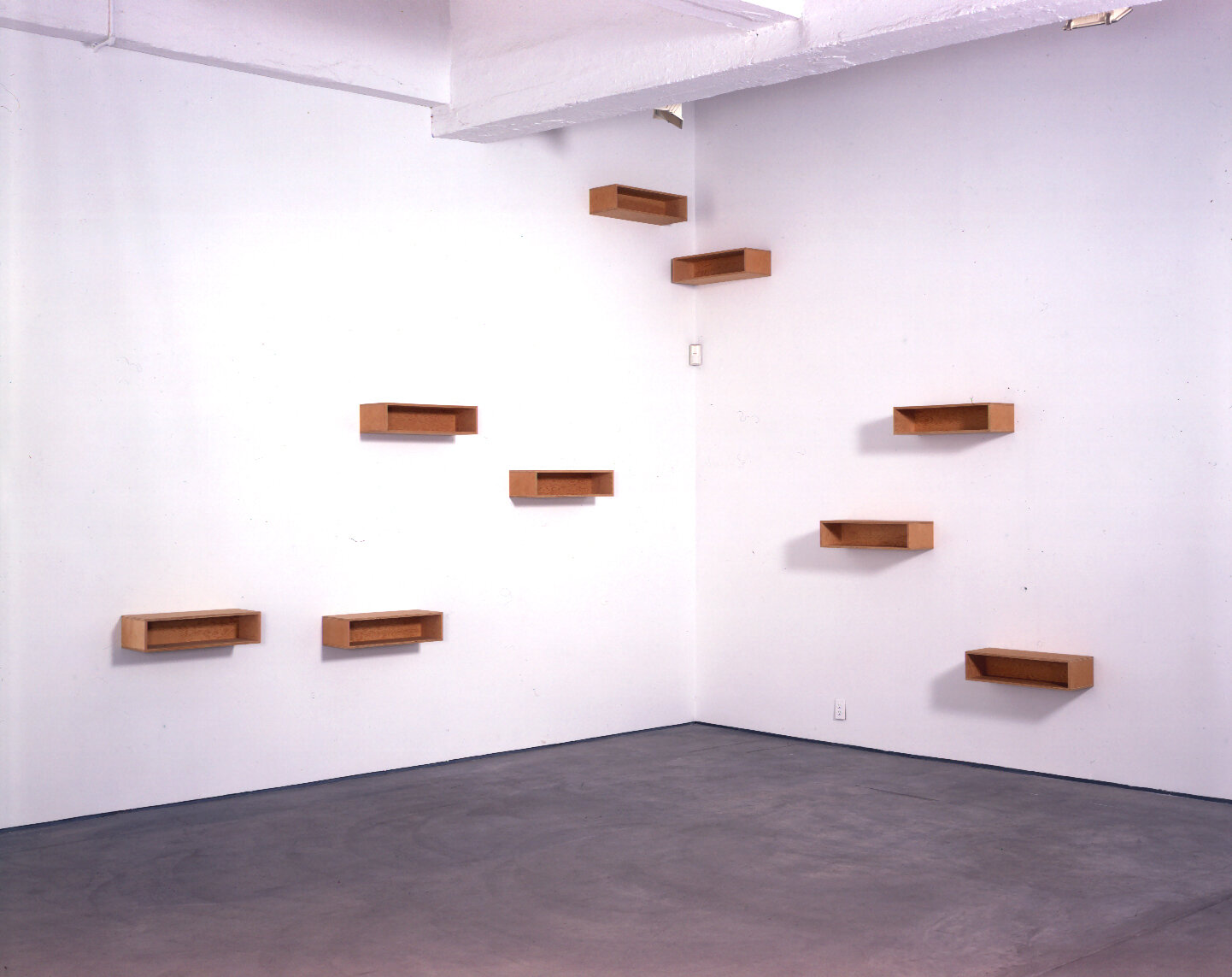
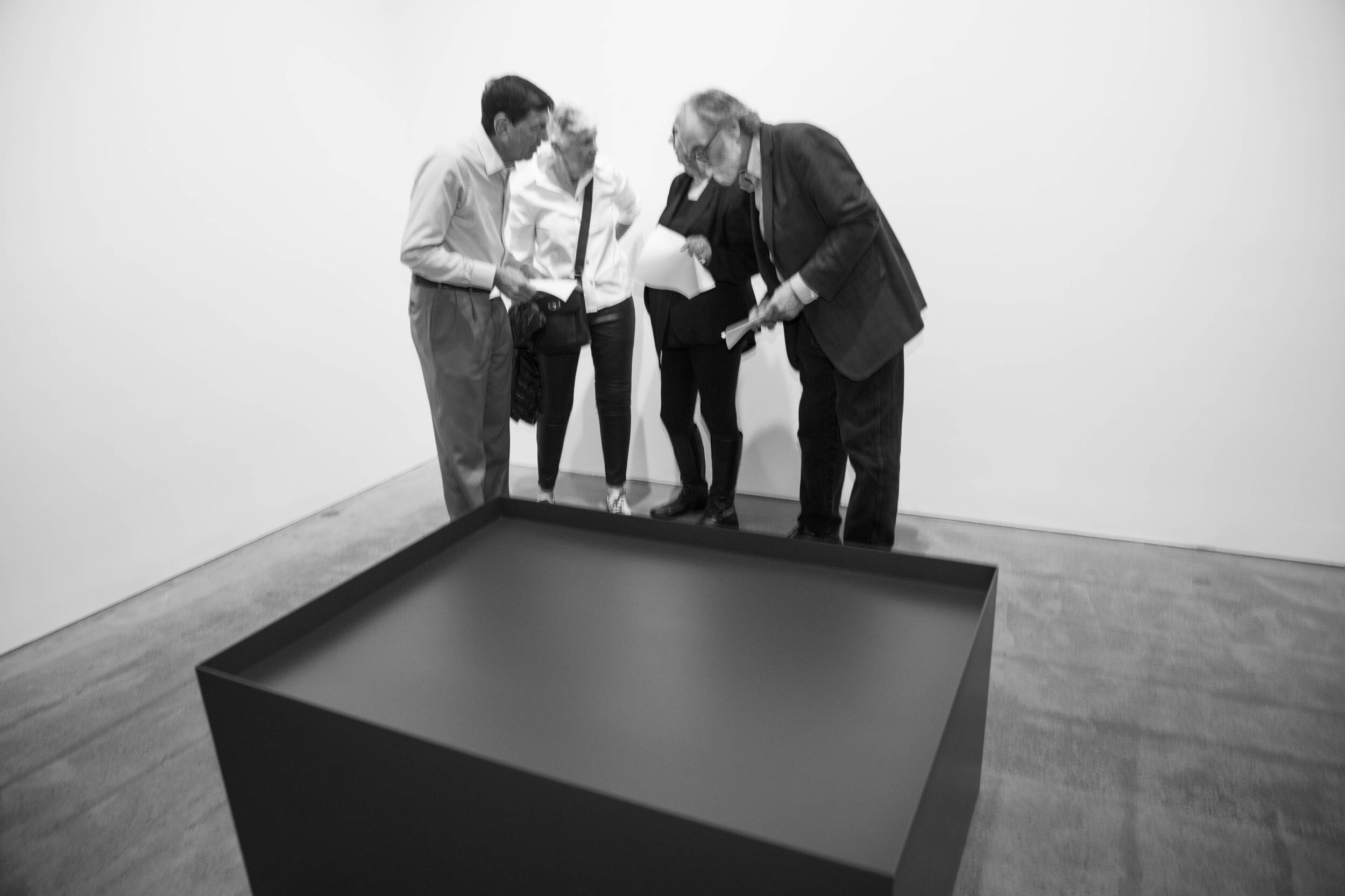
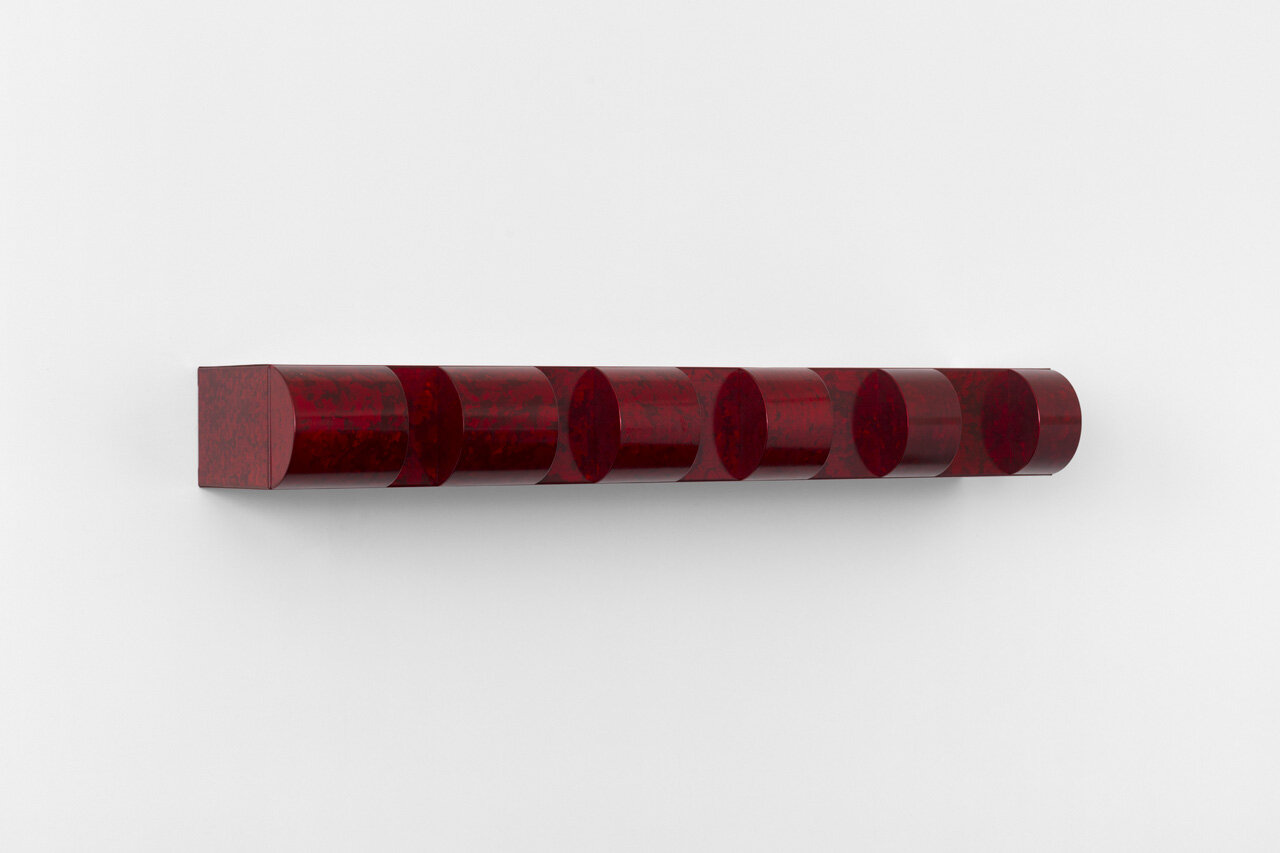
[1] Donald Judd, “Some Aspects of Color in General and Red and Black in Particular,” (1993) in Donald Judd Writings, ed. Flavin Judd and Caitlin Murray (New York: Judd Foundation/David Zwirner Books, 2016), 855.
Donald Judd Art © 2020 Judd Foundation / Artists Rights Society (ARS), New York.
